The Best Companion Plants For Lettuce
The Best Companion Plants for Lettuce
Lettuce is a popular and versatile vegetable that can be grown in a variety of climates. It is also a relatively easy crop to care for, making it a good choice for beginning gardeners.
One of the best ways to ensure a successful lettuce harvest is to plant companion plants. Companion planting is the practice of planting different types of plants together in order to benefit each other. There are many different companion plants that can be grown with lettuce, but some of the best include:
- Carrots: Carrots and lettuce are both cool-season crops that require similar growing conditions. They also help to deter each other's pests. Carrots release a chemical that repels root maggots, which can be a problem for lettuce. Lettuce, on the other hand, helps to shade carrots, which can help to prevent them from bolting.

- Chives: Chives are a great companion plant for lettuce because they help to repel aphids, which are a common pest of lettuce. Chives also release a chemical that helps to improve the flavor of lettuce.
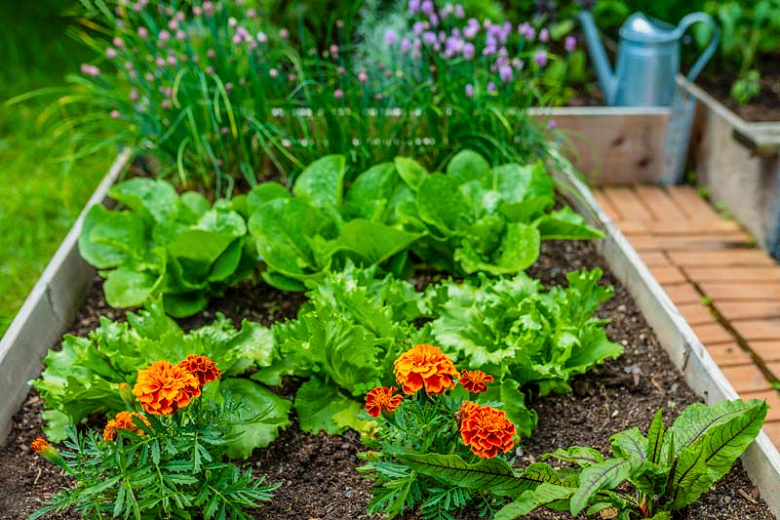
- Cilantro: Cilantro is another herb that helps to repel aphids. It also attracts beneficial insects, such as ladybugs and lacewings, which help to control pests. Cilantro and lettuce also have similar growing requirements, so they can be planted together without any problems.
- Dill: Dill is a good companion plant for lettuce because it helps to attract beneficial insects, such as ladybugs and lacewings. These insects help to control aphids, which are a common pest of lettuce. Dill also helps to improve the flavor of lettuce.

- Marigolds: Marigolds are a popular companion plant for many different vegetables, including lettuce. Marigolds help to repel nematodes, which can be a problem for lettuce. They also attract beneficial insects, such as ladybugs and lacewings.

- Nasturtiums: Nasturtiums are another good companion plant for lettuce. They help to attract beneficial insects, such as ladybugs and lacewings. They also deter insect pests, such as aphids and beetles. Nasturtiums and lettuce also have similar growing requirements, so they can be planted together without any problems.

- Onions and Shallots: Onions and shallots are good companion plants for lettuce because they help to repel aphids and other pests. They also help to improve the flavor of lettuce.

In addition to the plants listed above, there are many other companion plants that can be grown with lettuce. Some other good options include:
- Beans: Beans help to fix nitrogen in the soil, which can benefit lettuce.
- Beetroot: Beetroot helps to improve the flavor of lettuce.
- Cucumbers: Cucumbers and lettuce have similar growing requirements, so they can be planted together without any problems.
- Peas: Peas help to improve the soil structure, which can benefit lettuce.
- Spinach: Spinach and lettuce have similar growing requirements, so they can be planted together without any problems.
When choosing companion plants for lettuce, it is important to consider the growing conditions of the plants. For example, some plants, such as marigolds, prefer full sun, while others, such as lettuce, prefer partial shade. It is also important to consider the pests and diseases that are common in your area. For example, if aphids are a problem in your garden, you may want to plant companion plants that help to repel aphids, such as chives or marigolds.
By planting companion plants with your lettuce, you can help to improve the health and productivity of your crop. You can also help to deter pests and diseases, which can save you time and money in the long run.
Lettuce is a delicious and versatile vegetable that can be enjoyed in salads, sandwiches, and other dishes. But did you know that there are certain plants that can help to improve the growth and health of lettuce?
Companion planting is a gardening technique that involves planting certain plants together to benefit each other. For example, some good companion plants for lettuce include chives, garlic, and nasturtiums. These plants help to deter pests, attract beneficial insects, and improve the soil quality.
If you're interested in learning more about companion planting for lettuce, I recommend visiting the website Gardenia Inspiration. This website has a wealth of information on the topic, including a list of good companion plants for lettuce, as well as tips on how to plant and care for these plants.
FAQ of companion for lettuce
What are good companion plants for lettuce?
Some of the best companion plants for lettuce include:
- Carrots: Carrots and lettuce have different root depths, so they don't compete for the same nutrients in the soil. Carrots also help to loosen the soil, which can improve drainage and aeration for lettuce.
- Herbs: Herbs like chives, dill, and basil can help to deter pests from lettuce plants. They also attract beneficial insects, such as ladybugs and lacewings, which can help to control pests.

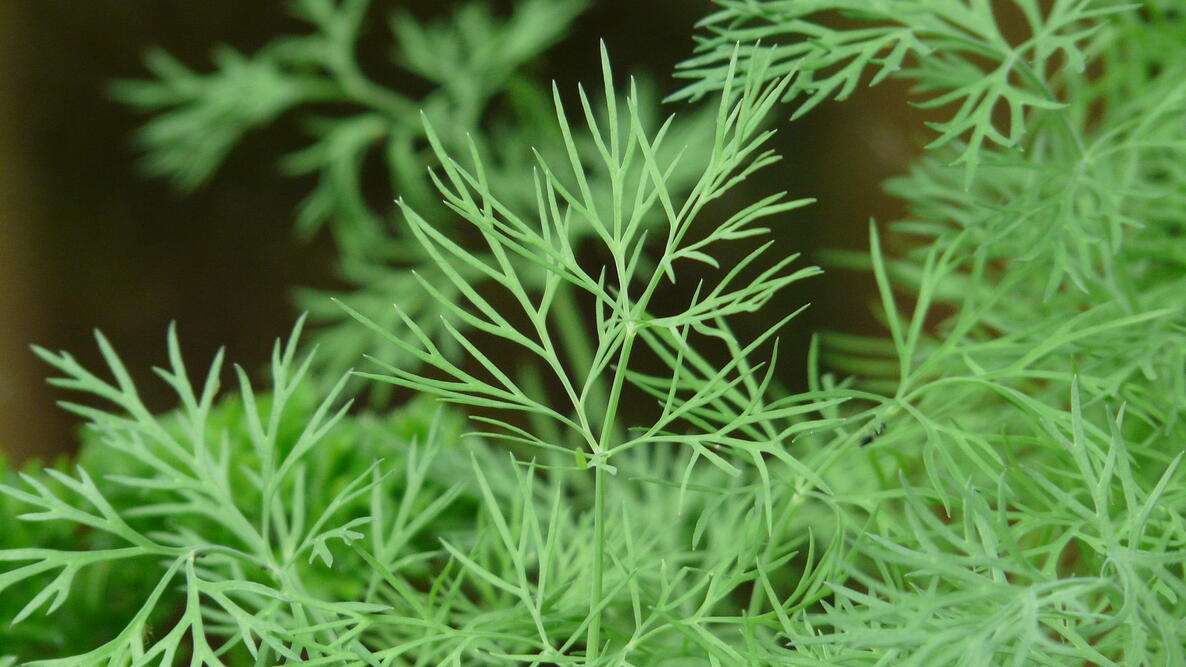
- Marigolds: Marigolds are another great companion plant for lettuce. They help to deter pests like aphids and nematodes. Marigolds also improve soil health by attracting beneficial nematodes that help to break down organic matter.
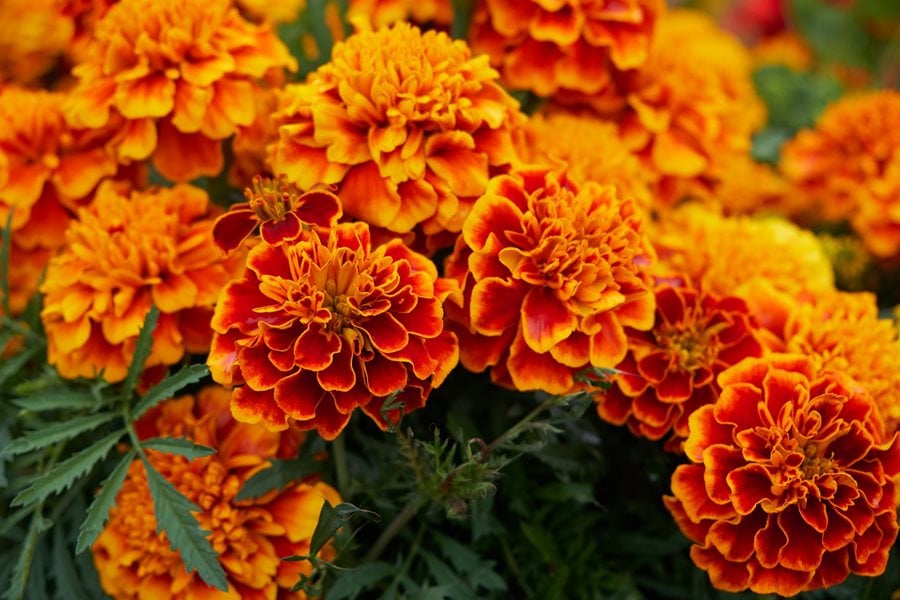
- Nasturtiums: Nasturtiums are another flowering plant that can help to deter pests from lettuce. They also attract beneficial insects, such as hoverflies and ladybugs. Nasturtiums can also be used as a trap crop for slugs.

- Beans: Beans are legumes, which means they can fix nitrogen in the soil. This can help to improve the growth of lettuce plants. Beans can also provide shade for lettuce plants, which can help to prevent them from bolting (going to seed).
-(2).jpg)
What are bad companion plants for lettuce?
Some plants that should not be planted near lettuce include:
- Cabbage family: Lettuce and other members of the cabbage family are susceptible to the same pests and diseases. Planting them together can increase the risk of infection.

- Tomatoes: Tomatoes release a chemical that can stunt the growth of lettuce plants. It is best to avoid planting these two plants together.

- Peas: Peas and lettuce compete for the same nutrients in the soil. Planting them together can lead to nutrient deficiencies in both plants.
How do companion plants benefit lettuce?
Companion plants can benefit lettuce in a number of ways, including:
- Attracting beneficial insects: Some companion plants, such as marigolds and nasturtiums, attract beneficial insects that help to control pests. This can help to keep lettuce plants healthy and free of pests.
- Improving soil health: Some companion plants, such as beans and peas, can fix nitrogen in the soil. This can help to improve the growth of lettuce plants.
- Decreasing competition for resources: Companion plants that have different root depths or growth habits can help to decrease competition for resources between lettuce plants and other plants. This can help to ensure that lettuce plants have access to the nutrients and water they need to grow healthy.
How far apart should companion plants be planted?
The distance between companion plants will vary depending on the specific plants involved. However, as a general rule, companion plants should be spaced at least 12 inches apart. This will give each plant enough space to grow and thrive.
Image of companion for lettuce
- Chives: Chives are a good companion plant for lettuce because they help to deter pests, such as aphids. They also add flavor to salads and other dishes.

- Garlic: Garlic is another good companion plant for lettuce. It also helps to deter pests, and it can improve the flavor of lettuce.
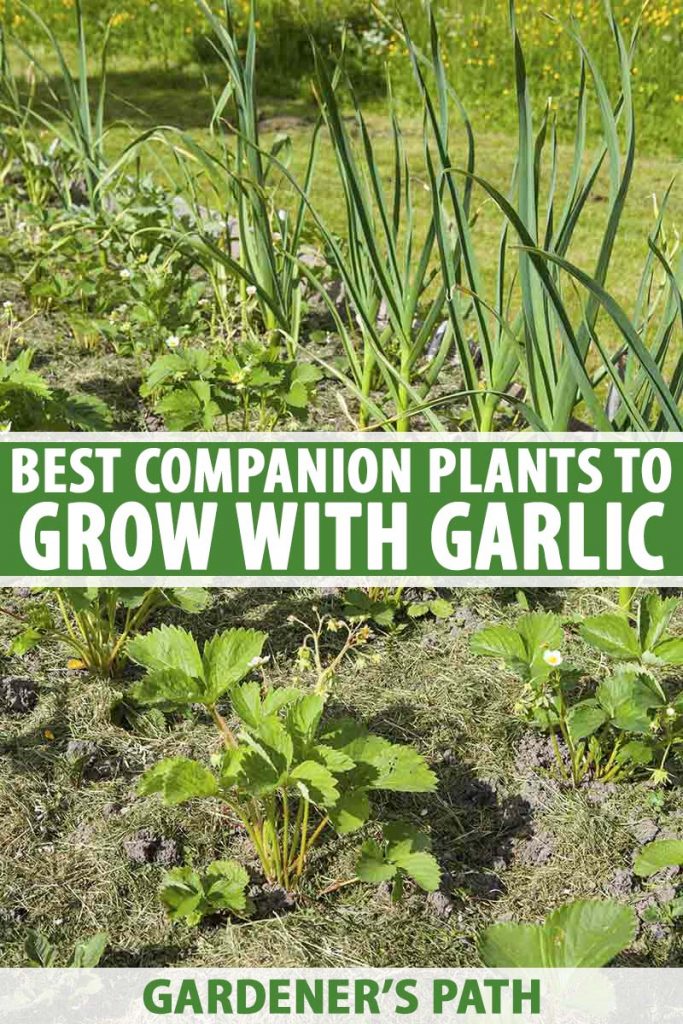
- Carrots: Carrots and lettuce are often planted together because they have similar growing requirements. Carrots help to shade the roots of lettuce, which can help to prevent them from getting root rot.

- Beans: Beans are a good nitrogen-fixing plant, which means they can help to improve the soil for lettuce. They also help to suppress weeds.

- Marigolds: Marigolds are a good companion plant for lettuce because they help to deter pests, such as whiteflies and aphids. They also add color to the garden.

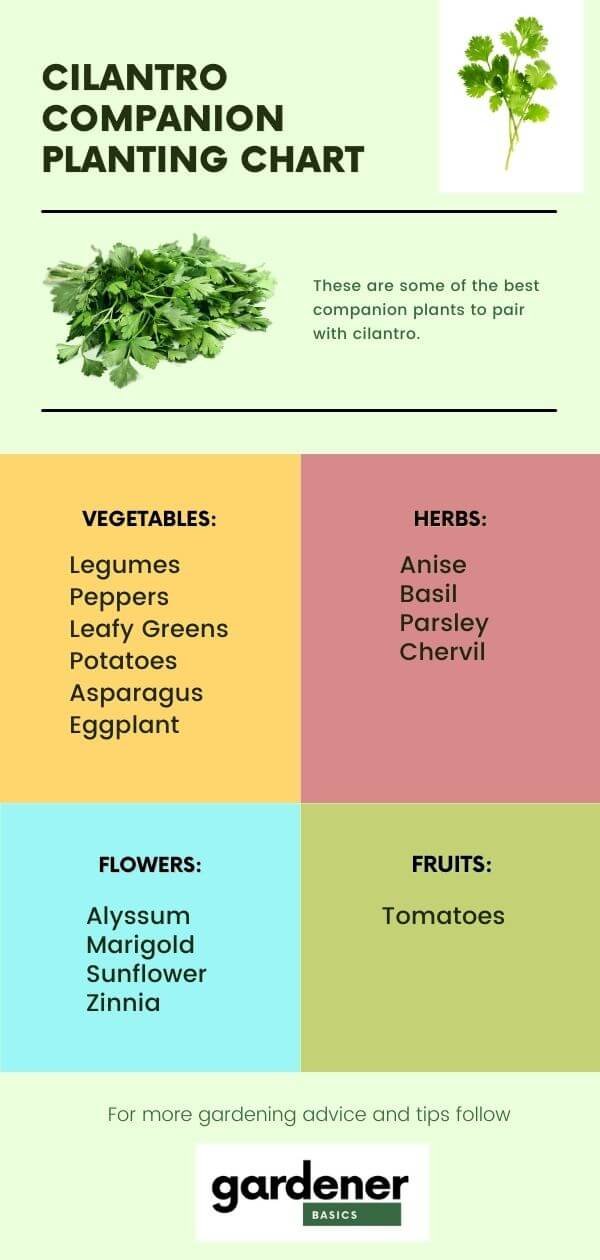
Post a Comment for "The Best Companion Plants For Lettuce"